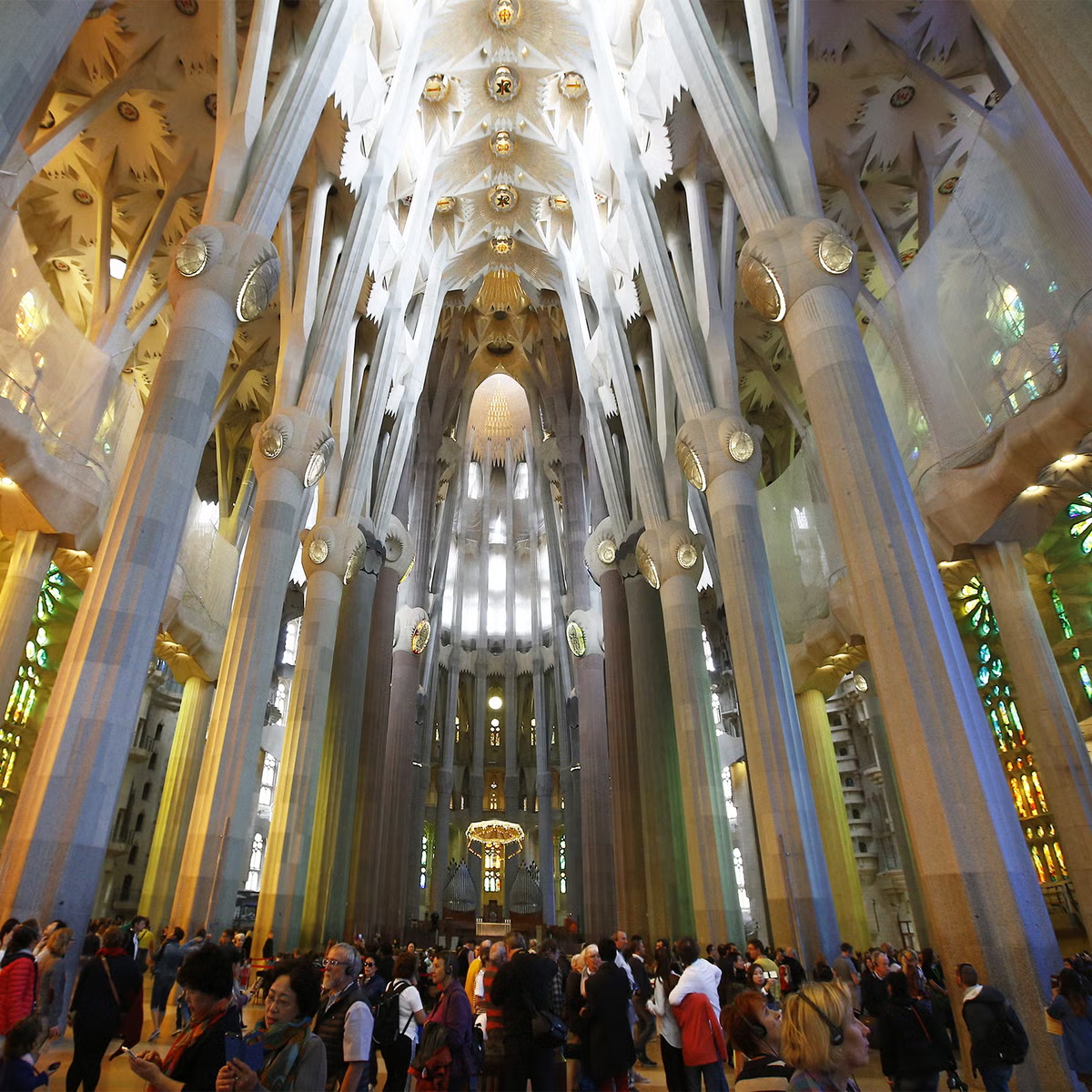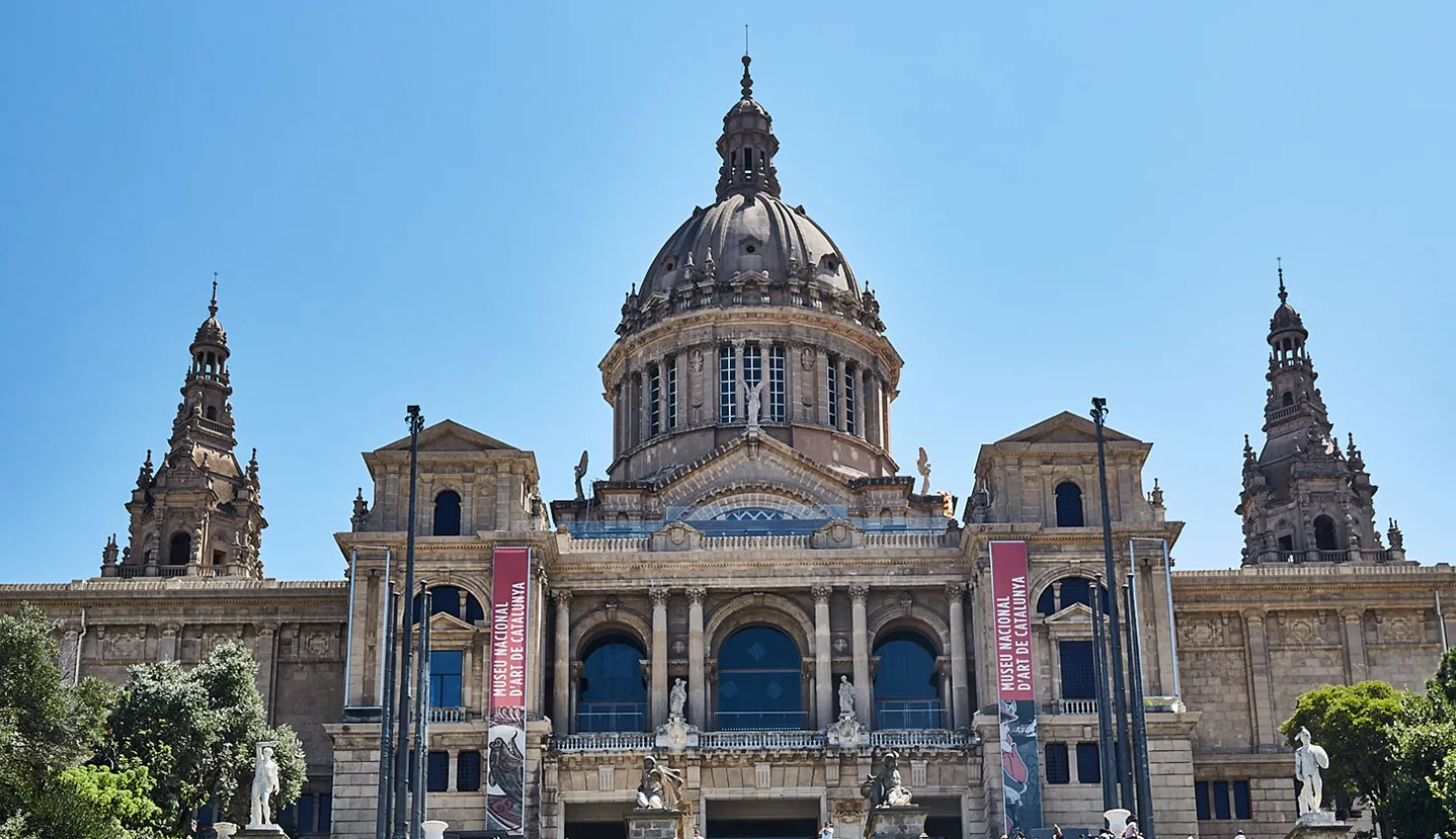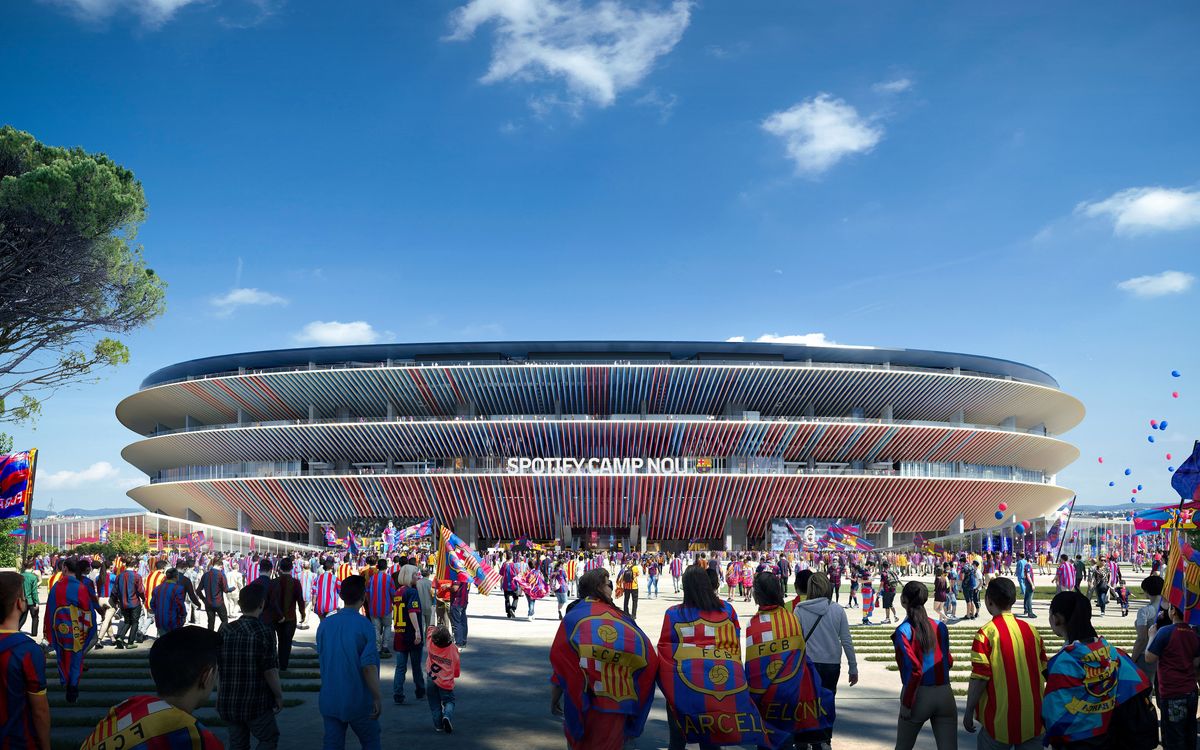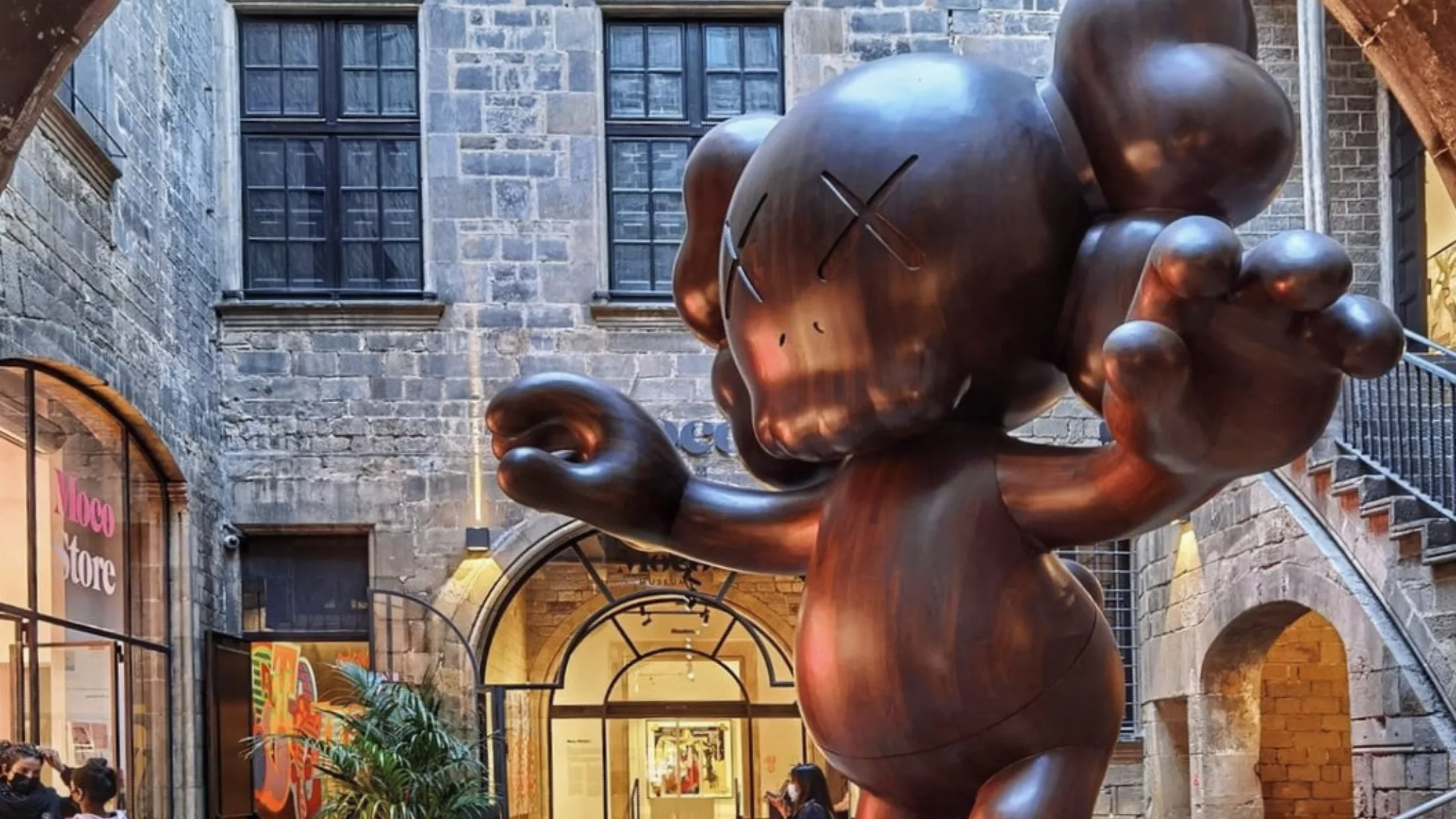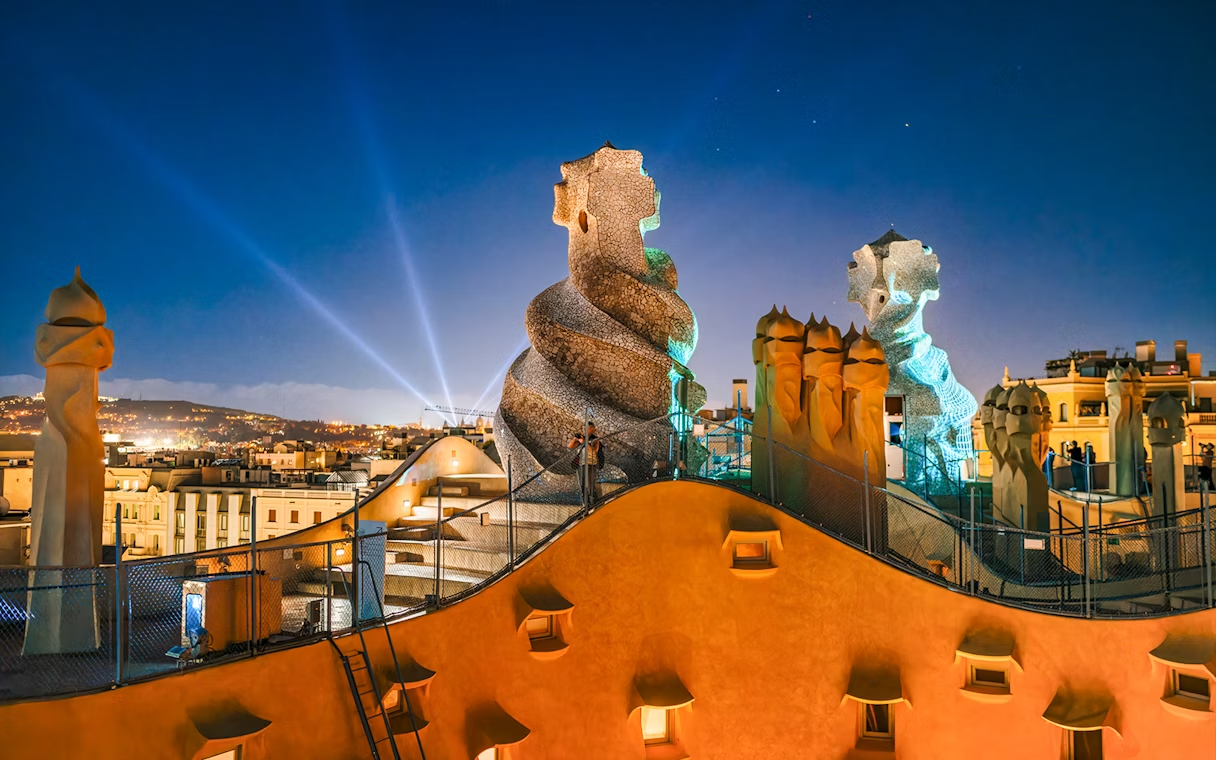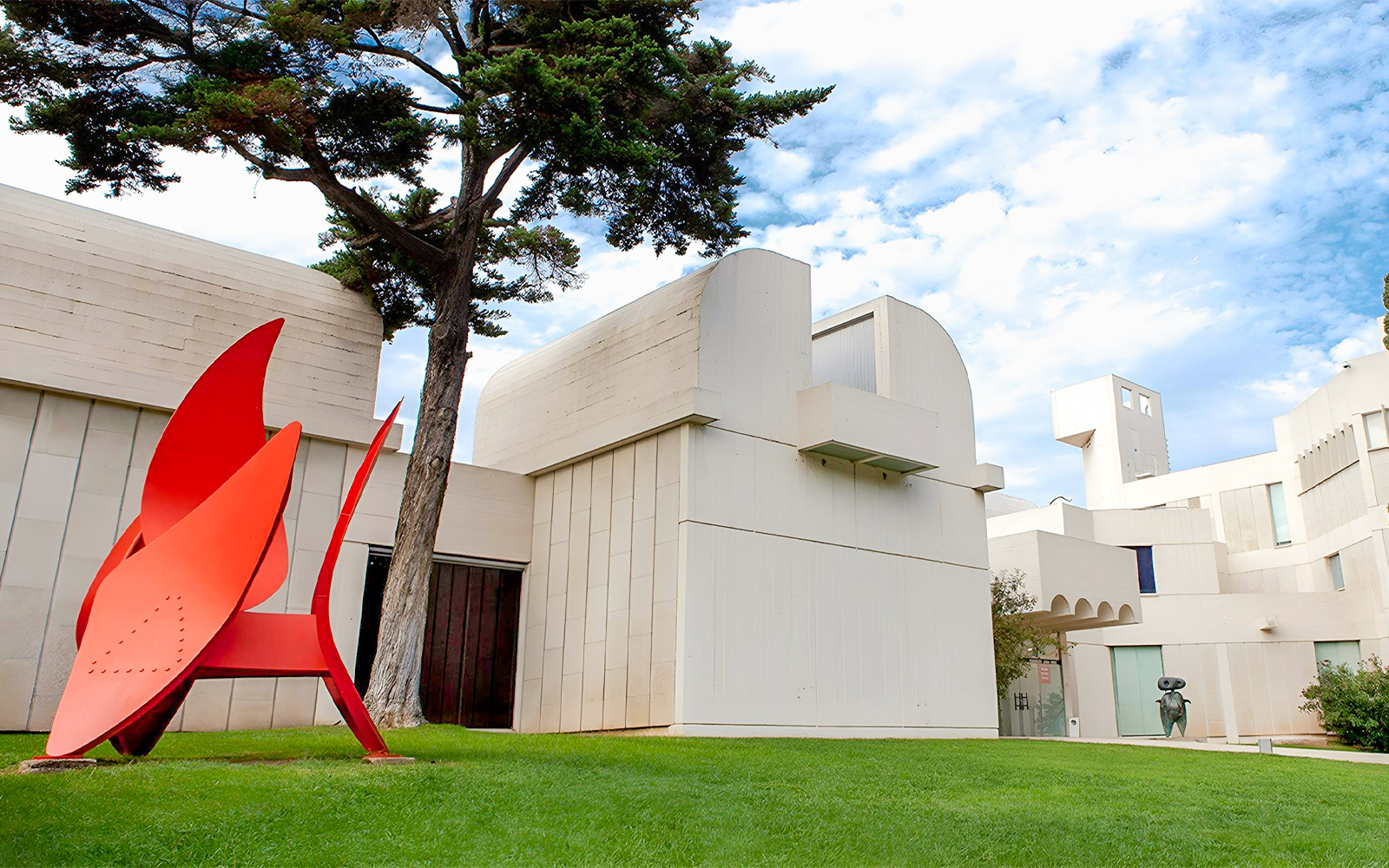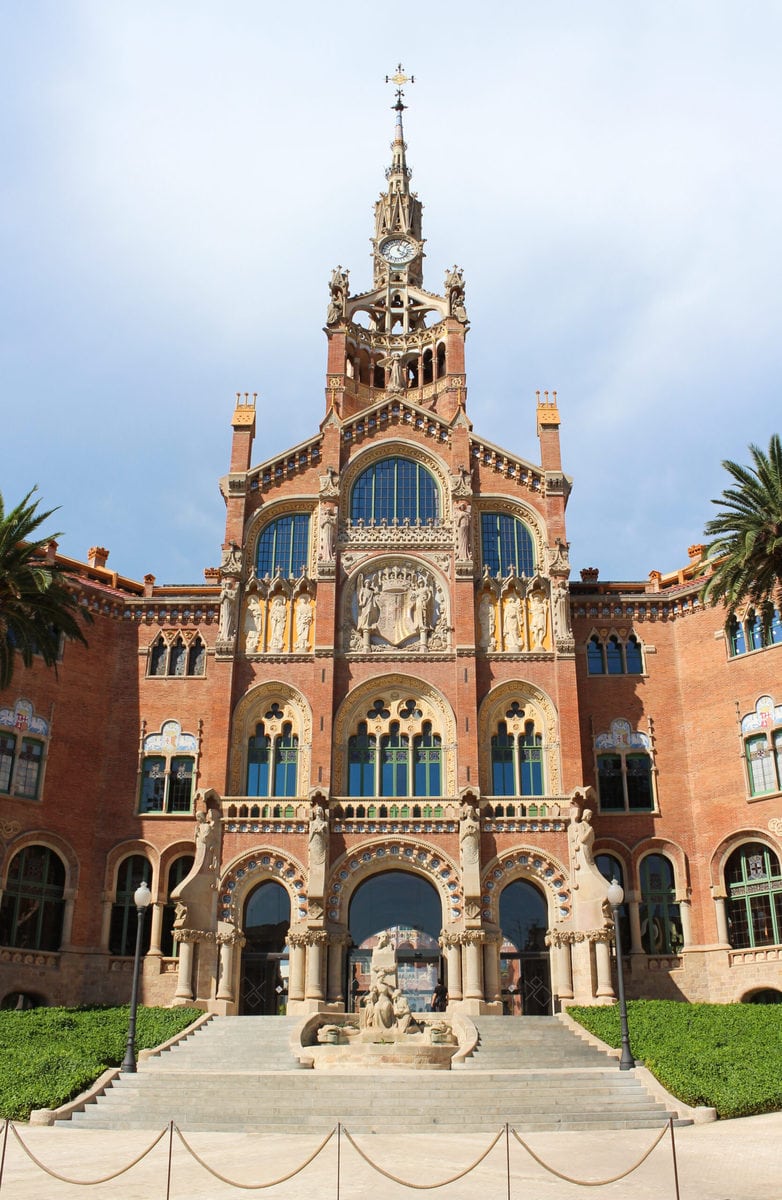What to See at the Sagrada Família
The Sagrada Família is divided into multiple symbolic parts, each representing elements of Christian faith, natural beauty, and architectural innovation. Here’s what not to miss:
- The Nativity Façade: The only façade completed during Gaudí’s lifetime, it bursts with life, celebrating the birth of Jesus. Look closely and you’ll spot doves, turtles, angels, and even grapes — every figure has meaning.
- Interior Nave: Inside, it feels like a forest of stone columns reaching toward heaven. Gaudí designed the pillars to branch like trees, allowing natural light to filter through colored stained glass. It’s a spiritual and sensory experience like no other.
- The Passion Façade: Darker, starker, and more angular — this façade depicts the suffering and death of Christ. Sculpted by Josep Maria Subirachs, it contrasts the softness of Gaudí’s original vision with a modern, dramatic style.
- Towers: The basilica will have 18 towers when complete. Currently, 10 are built. You can climb (via elevator + staircase) two of them — Nativity and Passion — for stunning city views.
- The Museum: Located beneath the basilica, the museum houses original models, Gaudí’s tools, and exhibits explaining his techniques, vision, and the ongoing construction process.
A Short History of the Sagrada Família
Construction of the Sagrada Família began in 1882, originally led by architect Francisco de Paula del Villar. A year later, the project was handed over to Antoni Gaudí, who transformed it into a radically ambitious vision of a “cathedral for the poor.”
Gaudí devoted the last 15 years of his life exclusively to the basilica, even living on-site. He died tragically in 1926, having completed less than 25% of the structure.
Work continued slowly, interrupted by the Spanish Civil War, where many original plans were lost or destroyed. After decades of delays and debate, construction accelerated in the 2000s thanks to digital modeling and increased funding.
In 2010, Pope Benedict XVI consecrated the church as a basilica, not a cathedral. Completion is expected in the 2030s.
Visiting the Sagrada Família with Children
Construction of the Sagrada Família began in 1882, originally led by architect Francisco de Paula del Villar. A year later, the project was handed over to Antoni Gaudí, who transformed it into a radically ambitious vision of a “cathedral for the poor.”
Gaudí devoted the last 15 years of his life exclusively to the basilica, even living on-site. He died tragically in 1926, having completed less than 25% of the structure.
Work continued slowly, interrupted by the Spanish Civil War, where many original plans were lost or destroyed. After decades of delays and debate, construction accelerated in the 2000s thanks to digital modeling and increased funding.
In 2010, Pope Benedict XVI consecrated the church as a basilica, not a cathedral. Completion is expected in the 2030s.
Don’t miss your chance to visit one of most iconic attractions. Check ticket prices, pick your time slot, and plan your visit today.
Why Kids Will Love It
- Colorful stained glass creates a magical rainbow effect inside — especially around mid-morning.
- Animal and plant details carved into the walls and façades can turn your visit into a visual treasure hunt.
- The Nativity Façade features turtles, doves, reptiles, and even trees — great for curious eyes.
- The museum area includes models and interactive exhibits that help explain the construction process in a simple, visual way.
Tips for Families
- Children under 11 enter for free, but they still need a timed ticket.
- Bring headphones for the audio guide if your child doesn’t like handheld devices.
- Toilets and baby-changing stations are available near the museum area.
- The towers are not recommended for small children under 6 or those afraid of heights — there are narrow spiral stairs on the descent.
- Strollers are allowed in the main basilica but not in the towers.
- If your child is sensitive to crowds or noise, try visiting during the first or last time slot of the day.
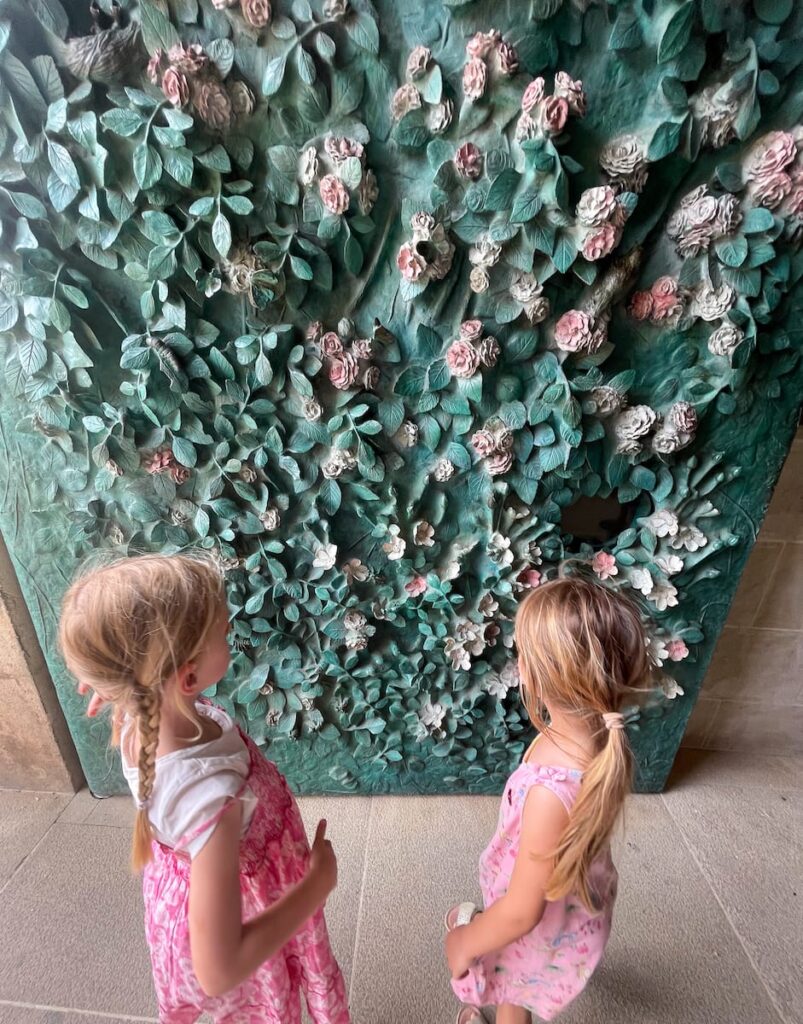
Educational Tip:
Many families use the Sagrada Família as a fun introduction to architecture, geometry, or symbolism. Kids can try spotting the different animals, shapes, and biblical stories carved into the building — like a live-action “Where’s Waldo” with meaning.
Nearby Treats
After your visit, reward them (and yourself) with a stop at Sagrada Família Ice Cream, Farggi, or one of the nearby parks just a few minutes’ walk away.
Official website of the Zaanse Schans (EN): dezaanseschans.nl

